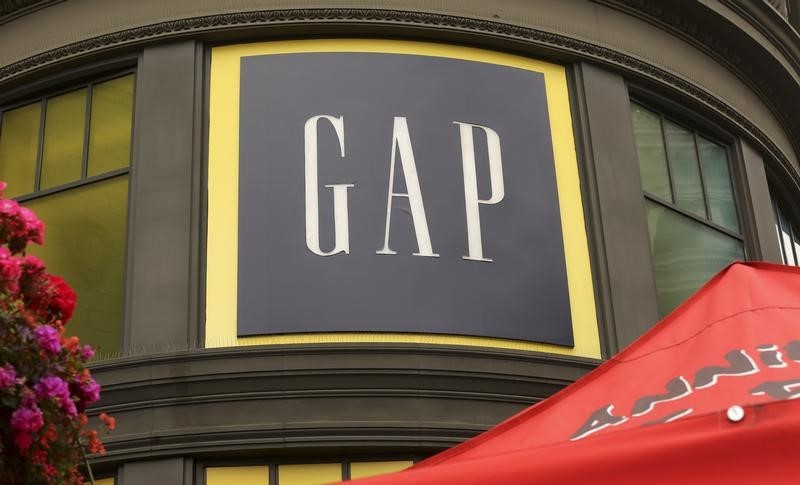Investing.com -- U.S. are wobbling on Friday but were still on track for a weekly gain. Cautious words from retailers about the holiday sales season and hopes that the Federal Reserve is nearing the end of its interest rate increases are on the minds of investors.
Here are some of the biggest U.S. stock movers today:
-
Gap (NYSE:GPS) stock soared 31% after the clothing retailer posted higher-than-anticipated third-quarter income, although the firm flagged some caution over trading in the key holiday quarter.
-
Applied Materials (NASDAQ:AMAT) stock fell 5.2% after the semiconductor equipment maker beat expectations with its fiscal fourth quarter results, but was weighed down on news it is under a U.S. probe for potentially skirting U.S. export restrictions to China.
-
ChargePoint (NYSE:CHPT) stock slumped over 35% as the electric-vehicle charging network provider lowered estimates for its third-quarter revenue in its preliminary results and appointed a new CEO.
-
BJs Wholesale Club (NYSE:BJ) stock fell 3.2% after the membership-based warehouse retailer topped fiscal third-quarter earnings expectations but missed on same-store sales and provided a downbeat outlook.
-
Ross Stores (NASDAQ:ROST) stock rose 8.2% after the retailer raised its annual earnings forecast after topping third-quarter sales and profit expectations, helped by robust demand at its discount outlets and easing freight costs.
-
Manchester United (NYSE:MANU) stock rose 7.9% after Sky News reported the famed English soccer club’s American owners, the Glazer family, are set to finalise a deal with Jim Ratcliffe that will see the British billionaire acquire a 25% stake.
-
Eli Lilly (NYSE:LLY) stock rose 0.9% after the drug maker said it was extending the deadline for its tender offer for Point Biopharma shares to Dec. 1, from Nov. 16 previously, having agreed to acquire the company in an all-cash deal valued at $1.4 billion.
-
Fisker (NYSE:FSR) stock fell 9.1% after the electric vehicle manufacturer said its new distribution strategy would help improve delivery speed and volume, which it noted was a bottleneck that curbed production.
